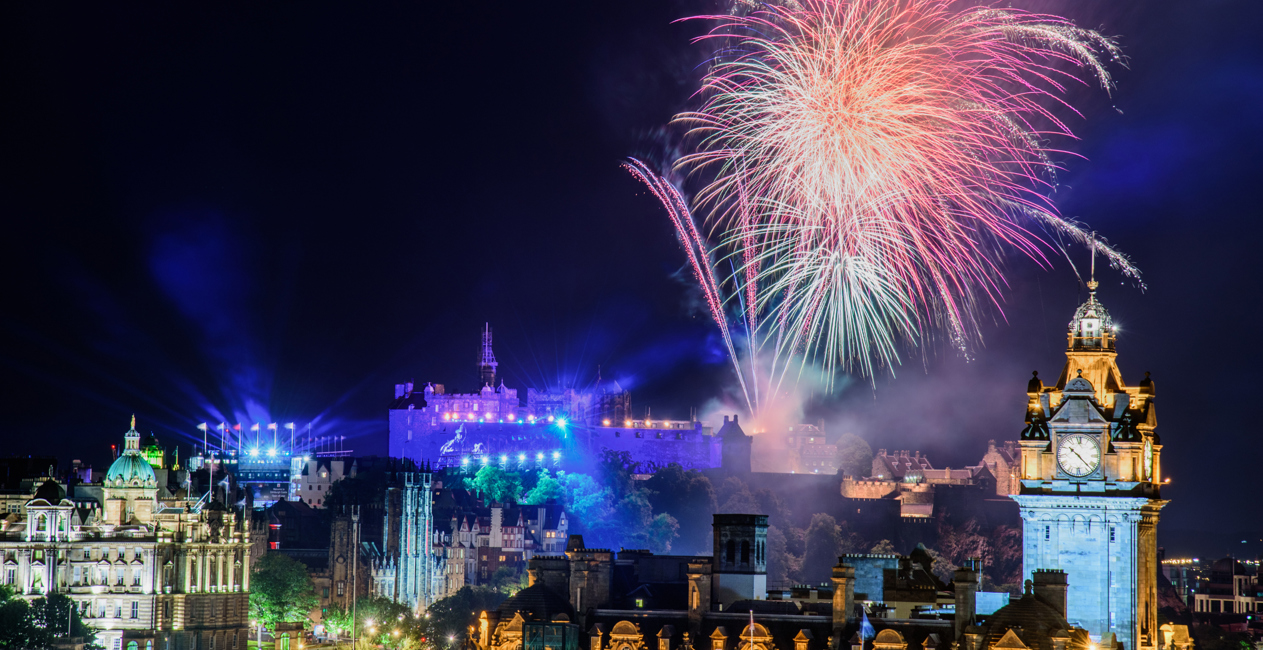

Happy New Year! These are the words we use to greet each other when the old year ends and the new year has arrived. Today lots of people hold parties and some let off fireworks to welcome in the new year.
Have you ever been to New Year celebrations? Trafalgar Square in London is usually full of people on New Year's Eve and everyone crowds to see the fireworks over the River Thames. The celebrations in Scotland are known as Hogmanay and a tradition of dancing and singing by weaving each other's hands together can be found throughout the country's towns and villages.
The new year starts when the clock strikes midnight and so not everyone in the world celebrates at the same time. Who celebrates first? Tonga, Samoa and Kiribati islands are the first to celebrate and Howland and Baker Islands, near the United States of America, are last.
There are old customs associated with celebrating the New Year here in Wales. The old New Year was celebrated on 13 January until the calendar was changed in 1752. This change was not popular but many old New Year customs were adopted to celebrate the new New Year.
These celebrations included the custom of leading the Mari Lwyd around the houses of the towns and villages. The Mari Lwyd was a horse’s skull on a pole and men would lead it from house to house singing verses asking for an invitation into the house. The people inside would reply, and woe betide any house refusing entry to the Mari Lwyd.
New Year's Day was a very important day in Wales. Village children would go around to gather small gifts known as calennig before noon on New Year’s morning.
Many of the old customs came to an end at the beginning of the last century but are beginning to re-appear in some areas.